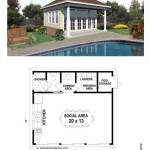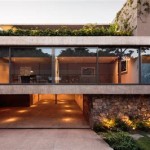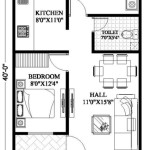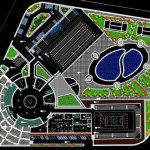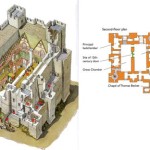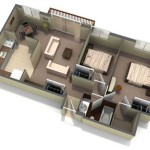Unveiling the Essence of Harry Seidler's Rose House Plans: Architectural Brilliance
Harry Seidler, an esteemed architect renowned for his modernist designs, left an indelible mark on the architectural landscape with his Rose House plans. These plans encapsulate the essence of Seidler's architectural philosophy, emphasizing functionality, simplicity, and a seamless integration with the natural surroundings.
Core Design Principles of Seidler's Rose House Plans
Seidler's Rose House designs adhere to a set of core principles that define their unique aesthetic and functionality:
- Emphasis on Openness: Large windows and sliding glass doors create a sense of spaciousness, allowing natural light to flood into the interiors.
- Simplicity of Form: Clean lines and geometric shapes characterize the exteriors, exuding a minimalist elegance.
- Indoor-Outdoor Flow: Terraces and balconies extend the living space outdoors, blurring the boundaries between interior and exterior.
- Integration with Nature: The houses are thoughtfully positioned to maximize natural light and ventilation, creating a harmonious relationship with the surrounding environment.
Key Features of Rose House Plans
Rose House plans incorporate several distinctive features that set them apart from other architectural styles:
- Flat Roofs: The flat roofs, a signature characteristic of Seidler's work, contribute to the clean and modern aesthetic.
- Floor-to-Ceiling Windows: These windows provide panoramic views of the surroundings, maximizing natural light and creating a sense of openness.
- Open-Plan Living: The living spaces flow seamlessly into one another, creating a spacious and inviting environment.
- Emphasis on Natural Materials: Timber, brick, and stone are frequently used to create a warm and welcoming interior.
Influence of International Style
Seidler's architectural approach was heavily influenced by the International Style, a modernist movement that emerged in the early 20th century. This style emphasizes simplicity, functionality, and the use of modern materials such as glass, steel, and concrete.
Environmental Considerations
Environmental sustainability is a key aspect of Seidler's Rose House plans. The designs incorporate passive solar design principles to reduce energy consumption and promote natural ventilation. The use of environmentally friendly materials and an emphasis on minimizing waste reflect Seidler's commitment to responsible architecture.
Legacy of Rose House Plans
Harry Seidler's Rose House plans have had a lasting impact on Australian architecture and continue to inspire contemporary designers. Their emphasis on simplicity, functionality, and connection to nature has set a high standard for modern residential design.
Conclusion
The Rose House plans by Harry Seidler are a testament to his architectural genius. Their timeless design principles and unwavering commitment to quality have made them iconic examples of modernist architecture, leaving an enduring legacy in the architectural landscape.

Rose Seidler House Wahroonga Sydney

Rose Seidler House A 1950 Modern Classic Simple Floor Plans Architecture

Floor Plane And Elevation For Rose Seidler House Planimetrie Di Case Moderni Progetti Casa Piano Architettura

Canberra House 11 Northcote Crescent Deakin 1951 52

Mid Century Modern N Homes Harry Seidler S Rose House Home Square Plans
Harry Seidler House 1951 3d Warehouse

Rose Seidler House Wahroonga
.jpg?strip=all)
Rose Seidler Home

Rose Seidler House In Wahroonga Hornsby Dental Clinic

1949 To 1956 State Library Of New South Wales

